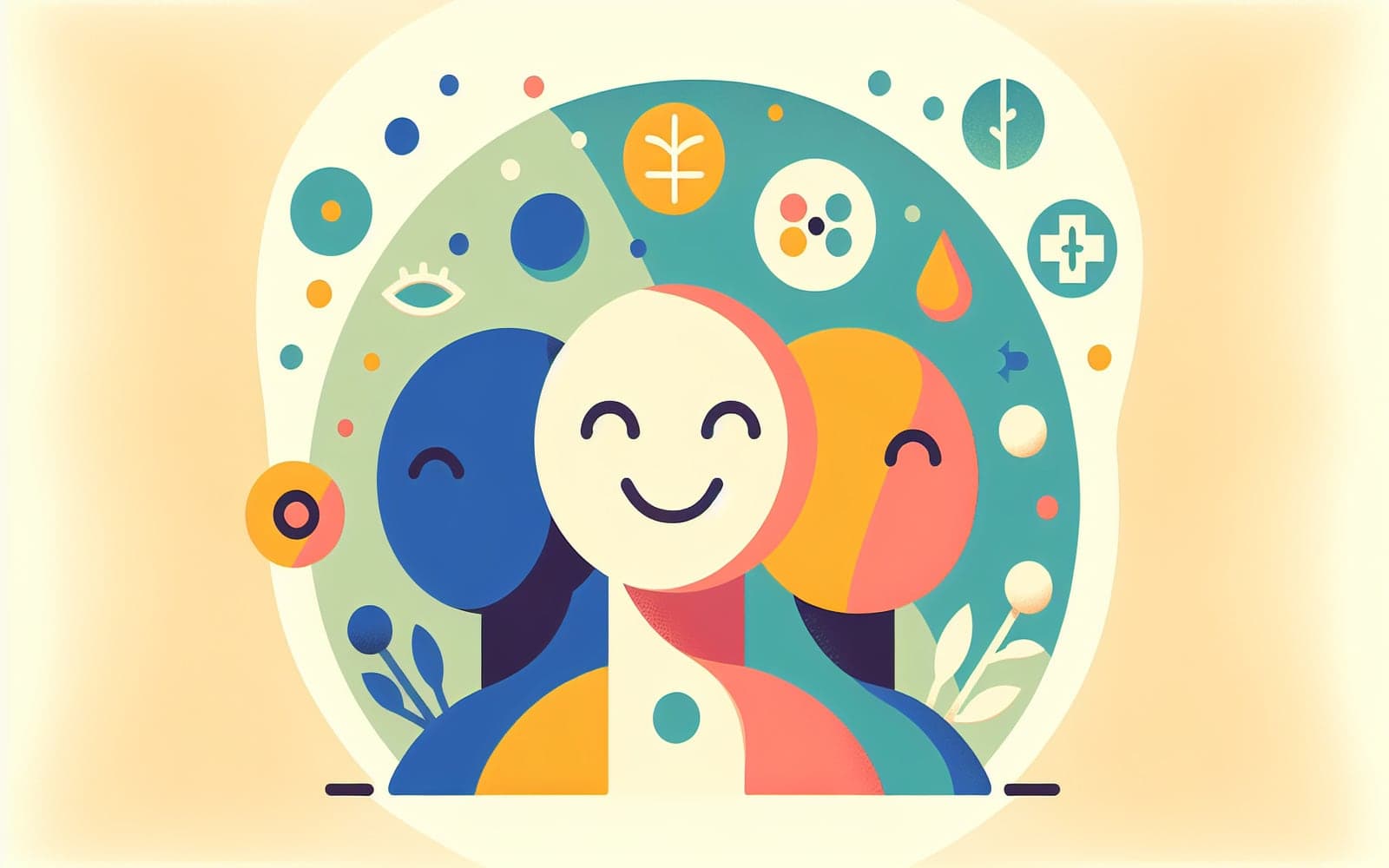ABVD: The Go-To Treatment for Classic Hodgkin Lymphoma
Published: Jul 16, 2024

Medically reviewed by Alan Lucks | MD, Alan Lucks MDPC Private Practice - New York on July 16th, 2024.
ABVD is the most common first-line treatment for classic Hodgkin lymphoma (cHL). Understanding this chemotherapy regimen can help patients prepare for what's ahead in their treatment journey.
Contents
What is ABVD?
ABVD is an acronym for four drugs: Adriamycin (doxorubicin), Bleomycin, Vinblastine, and Dacarbazine. These drugs work together to kill cancer cells. Think of ABVD as a powerful team, with each drug playing a specific role in fighting the lymphoma.
How It's Given
ABVD is typically given in cycles, usually every two weeks. Each cycle involves receiving the drugs through an IV in a clinic or hospital. The number of cycles depends on the stage of the disease and how well it responds to treatment. Most patients receive 2-8 cycles over several months.

Side Effects and Management
Common side effects include fatigue, nausea, hair loss, and increased risk of infections. However, many side effects can be managed with supportive care. It's crucial to communicate any side effects to your healthcare team. They can often adjust treatment or provide additional support to help you through the process.
Frequently Asked Questions
It cures about 75-90% of patients, depending on disease stage.
Hair loss is common but temporary; it usually grows back after treatment.
Many patients can, but it depends on your job and how you tolerate treatment.
Key Takeaways
While ABVD can be challenging, it offers a high chance of curing cHL for many patients.
Have questions about ABVD? Doctronic can provide more detailed information tailored to your situation.Related Articles
References
Canellos GP, et al. N Engl J Med 1992; 327:1478.
Engert A, et al. N Engl J Med 2010; 363:640.
This article has been reviewed for accuracy by one of the licensed medical doctors working for Doctronic. Always discuss health information with your healthcare provider.

